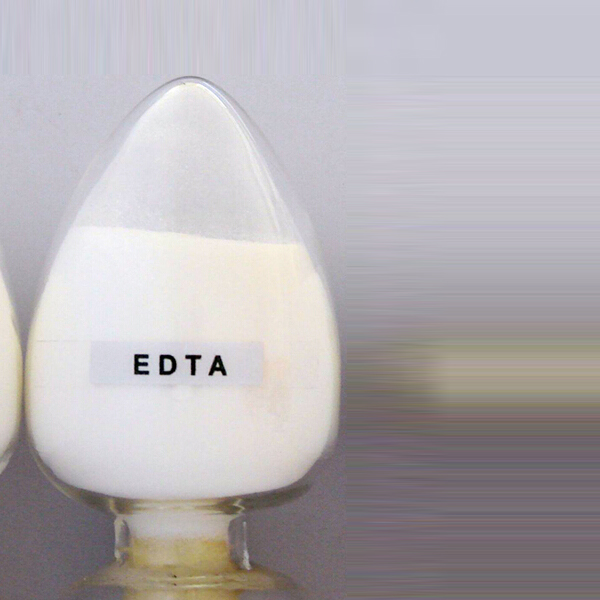
News
Nov . 08, 2024 12:11 Back to list
Exploring Effective Chelating Agents for Enhanced Food Quality and Safety
High-Quality Chelating Agents in Food Enhancing Safety and Nutrition
In modern food science, ensuring the safety and nutritional quality of food products has become a paramount concern. One way this is achieved is through the use of chelating agents. Chelating agents, also known as sequestrants, are compounds that can form bonds with metal ions, making them an essential part of the food industry for various applications, including preservation, flavor enhancement, and nutrient fortification. This article explores the role of high-quality chelating agents in food, emphasizing their importance for food safety and nutrition.
What are Chelating Agents?
Chelating agents are organic compounds that can bind metal ions through multiple coordinate bonds, effectively ‘grabbing’ and holding these ions in place. This property is crucial in food manufacturing, where metal ions can sometimes lead to undesirable reactions, such as oxidation and discoloration of food products. By preventing these reactions, chelating agents help to maintain the quality, taste, and safety of food items.
Types of Chelating Agents
There are various types of chelating agents used in food applications. The most common among them include
1. EDTA (Ethylenediaminetetraacetic acid) – Widely used in the food industry, EDTA can effectively chelate metal ions like iron and copper, preventing them from catalyzing oxidative reactions that can spoil food.
2. Citric Acid – A naturally occurring chelating agent found in citrus fruits, citric acid is not only a flavoring agent but also helps in stabilizing food and beverages by binding metal ions.
3. Lactic Acid – Commonly used in fermented foods, lactic acid also serves as a chelating agent, aiding in the preservation of food by keeping metal ions in check.
high quality chelating agent in food

5. Phosphates – These are often used in processed meats to enhance moisture retention and prevent spoilage, while their chelating properties help prevent oxidation.
Benefits of High-Quality Chelating Agents
1. Increased Shelf Life By chelating metal ions that could catalyze oxidation, high-quality chelating agents contribute significantly to extending the shelf life of food products. This is particularly important in reducing food waste and ensuring that consumers receive fresher products.
2. Nutritional Enhancement Certain chelating agents can help in the bioavailability of essential nutrients. For example, chelation of minerals like iron and zinc enhances their absorption in the human body, addressing nutritional deficiencies, especially in vulnerable populations.
3. Improved Sensory Qualities Chelating agents protect food against rancidity and discoloration, preserving not only nutritional quality but also the flavor and appearance of food items. This is crucial for consumer acceptance and satisfaction.
4. Food Safety High-quality chelating agents can help eliminate harmful metal contaminants from food, thereby enhancing food safety and reducing the risk of toxic reactions in consumers.
Regulatory Considerations
The use of chelating agents in food is subject to strict regulatory guidelines in many countries. Authorities such as the FDA and EFSA assess the safety and efficacy of these agents before approving their use in food products. It is imperative that food manufacturers comply with these regulations to ensure both consumer safety and product integrity.
Conclusion
High-quality chelating agents play an essential role in the food industry, significantly contributing to food safety, nutritional enhancement, and product quality. As consumer awareness about food safety and health continues to rise, the demand for effective chelating agents is likely to grow. Consequently, ongoing research will be vital to develop new, safer, and more effective chelating agents that can meet the evolving needs of the food industry. By leveraging the benefits of these compounds, manufacturers can ensure that their products not only meet regulatory standards but also provide consumers with safe, nutritious, and high-quality food options.
-
Polyaspartic Acid Salts in Agricultural Fertilizers: A Sustainable Solution
NewsJul.21,2025
-
OEM Chelating Agent Preservative Supplier & Manufacturer High-Quality Customized Solutions
NewsJul.08,2025
-
OEM Potassium Chelating Agent Manufacturer - Custom Potassium Oxalate & Citrate Solutions
NewsJul.08,2025
-
OEM Pentasodium DTPA Chelating Agent Supplier & Manufacturer High Purity & Cost-Effective Solutions
NewsJul.08,2025
-
High-Efficiency Chelated Trace Elements Fertilizer Bulk Supplier & Manufacturer Quotes
NewsJul.07,2025
-
High Quality K Formation for a Chelating Agent – Reliable Manufacturer & Supplier
NewsJul.07,2025
